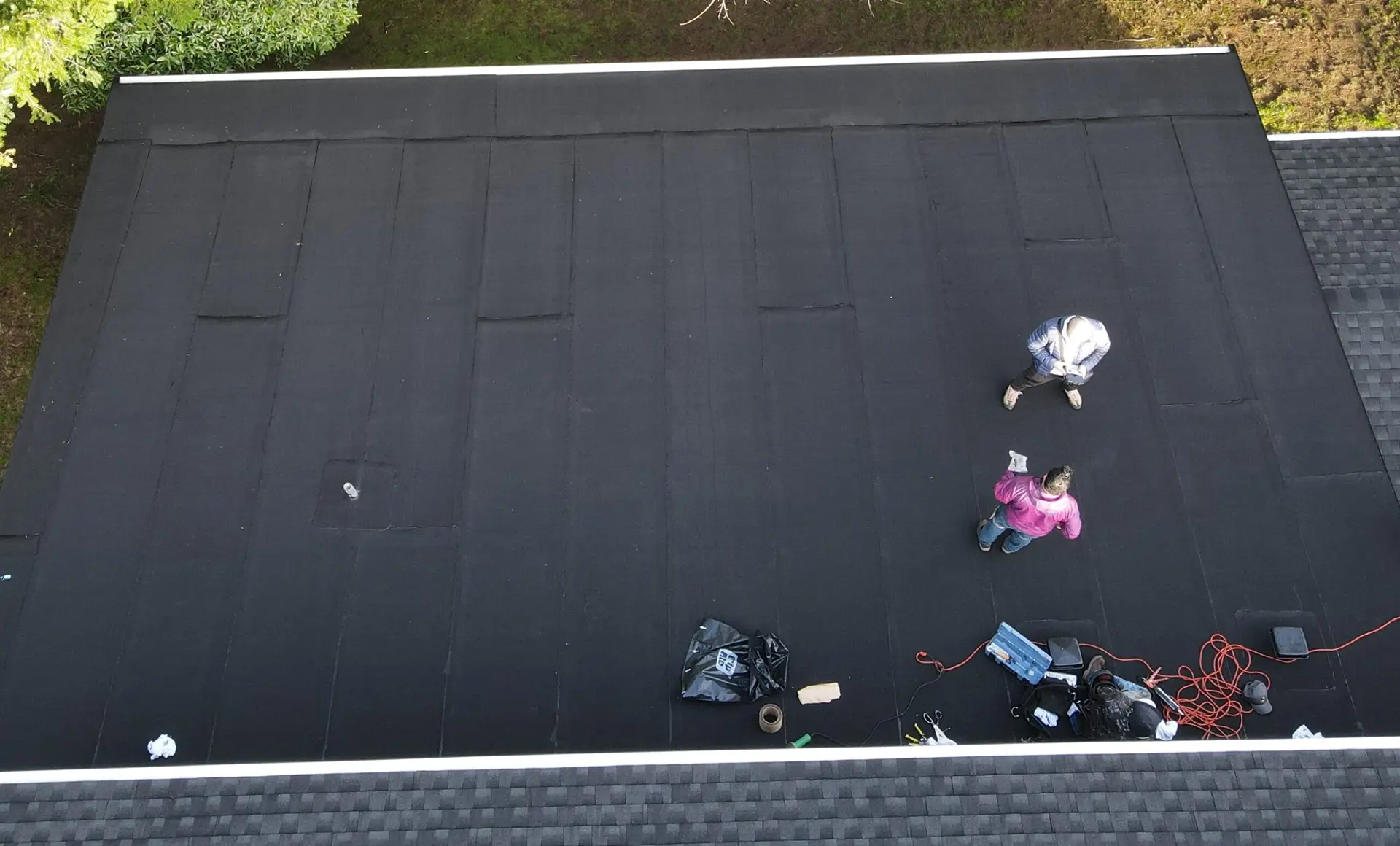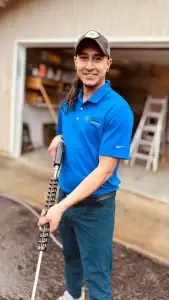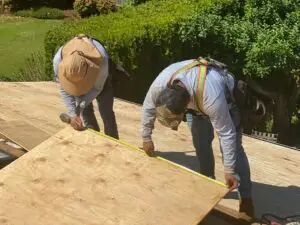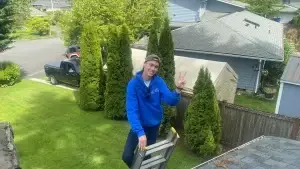EPDM, short for ethylene propylene diene terpolymer, is an extremely durable synthetic rubber roofing membrane that is widely used on low-slope roof (e.g. warehouses, storage units, and commercial buildings) in the United States and worldwide. The material is available in either white or black-pigmented color. It is also sold in several widths ranging from 7.5 feet to fifty feet and in two thicknesses: 45 mils and 60 mils.
Here are a few things you need to know about EPDM roofing membranes.
WHAT IS EPDM ROOFING?
EPDM roofing is a type of single-ply rubber roofing that has gained popularity in recent years for its durability, ease of installation, and cost-effectiveness. EPDM is made up of ethylene and propylene, which is the primary synthetic rubber used in the manufacturing of EPDM roofing membranes.
EPDM roofs are black in color and have a very low reflectivity, which helps to reduce energy costs. They are also resistant to UV radiation, making them an ideal choice for roofs in sunny climates. EPDM roofs are typically installed on flat or slightly pitched roofs and can last for 20-30 years or more with proper maintenance.
Related Article: What Are The Types Of Flat Roofing?
3 Ways to Install EPDM Roofing
There are three main methods for installing EPDM roofing: fully adhered, mechanically fastened, and ballasted.
Ballasted systems
Ballasted systems have gravel or stone placed on top of the roof membrane to weigh it down. Ballast protects the roof membrane from physical damage and helps to keep the membrane in place during severe weather conditions. Ballasted systems are typically used on flat or low-sloped roofs. One advantage of ballasted systems is that they do not require fasteners or other methods of attachment, which can cause leaks. Ballasted systems also allow easy access to the roof for roof maintenance and repairs.
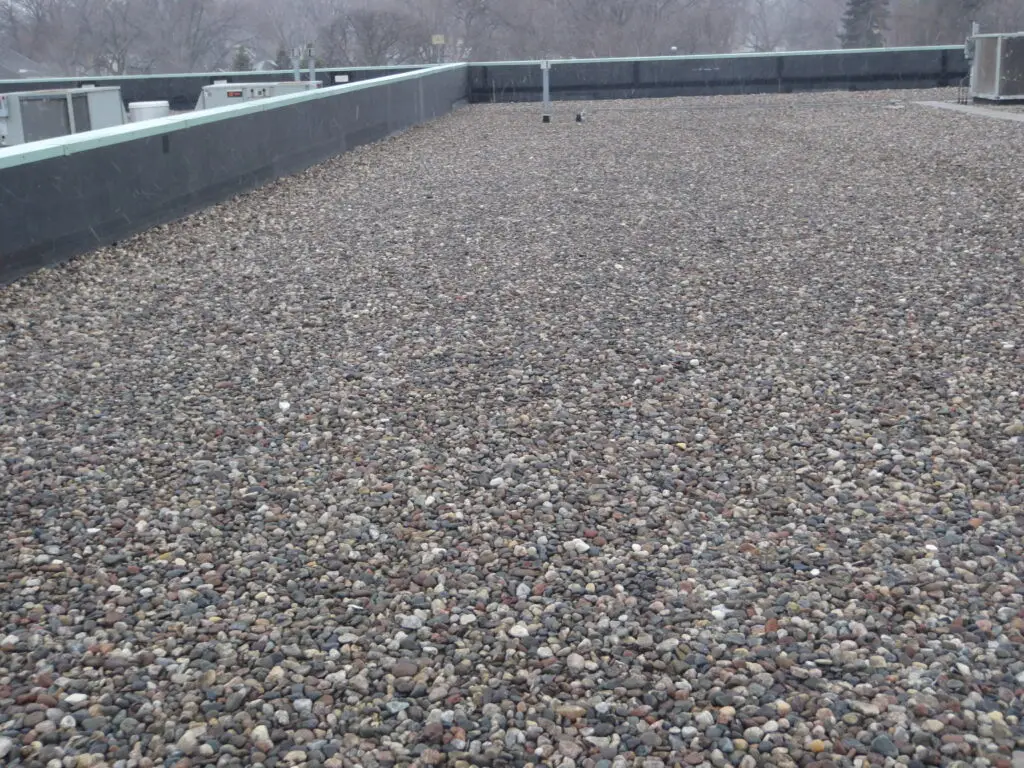
Mechanically Attached System
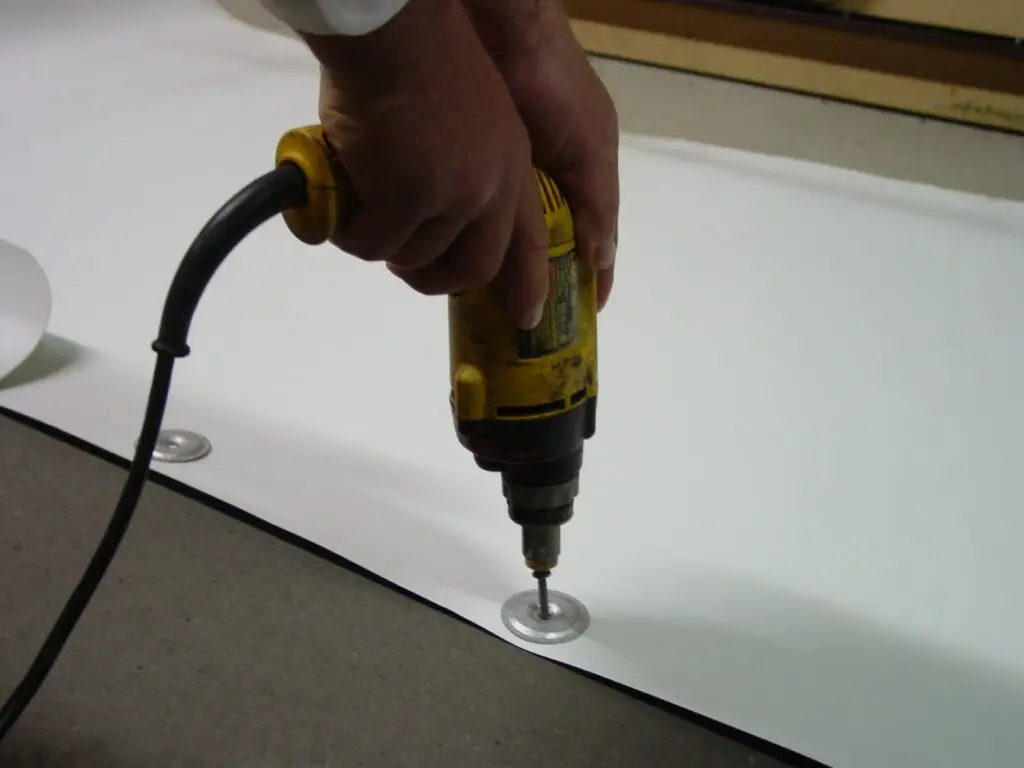
Mechanically Attached System is a type of roofing system in which the roof membrane is attached to the roof deck using fasteners and plates. This system is commonly used for commercial and industrial buildings, as well as for some types of residential roofs. Mechanically attached systems are typically more expensive than bonded systems, but they offer several advantages. They are less likely to leak, and they can provide a stronger connection between the roof membrane and the roof deck.
In addition, mechanically attached systems are easier to repair and maintain than bonded systems. Mechanically attached epdm roofs are particularly common, as they provide superior resistance to wind uplift and punctures.
Fully Adhered System
A fully adhered system is a type of EPDM roofing system where the membrane is glued or otherwise attached directly to the roof deck. This is in contrast to systems where the membrane is mechanically fastened or held in place with ballast (stones or pavers). Fully adhered roofs are also less susceptible to wind damage than mechanically fastened roofs, making them a good choice for high-wind areas. Because of recent technological improvements in the application industry, many regions across the country are shifting to a fully adhered system for roof replacement.
Source: Standard Attributes – EPDM Roofing Association (epdmroofs.org)
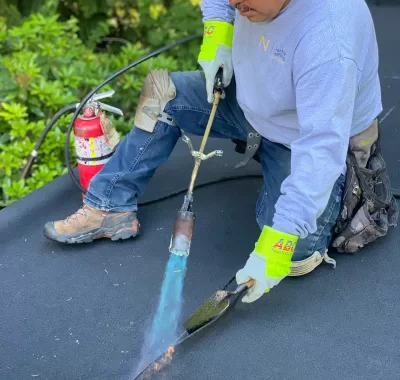
EPDM Roofing Contractors Near Me
EPDM roofing is a great option for your next roofing project. It’s durable, long lasting, and can be installed in three different ways to fit your specific needs. If you need help finding a reputable EPDM roofing contractor in your area, Near Me Roofing can help.
Whether you need to install an EPDM roof or replace an existing one, our team of experienced and certified roofing contractors in Tacoma is here to help. We only use the highest quality materials and workmanship to ensure that your roof will withstand the elements for years to come. Our team also offers a wide range of other roofing services, including repairs, maintenance, and inspections. Contact Near Me Roofing today to schedule a free consultation.

